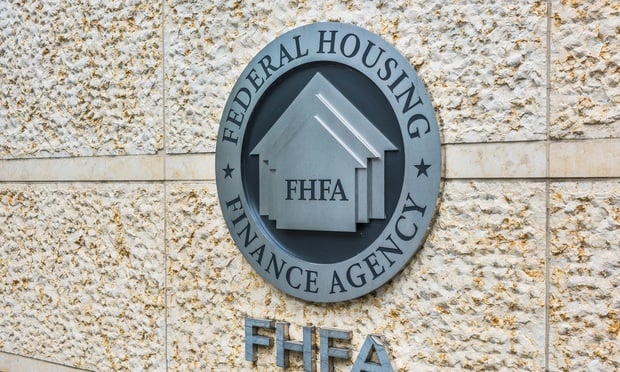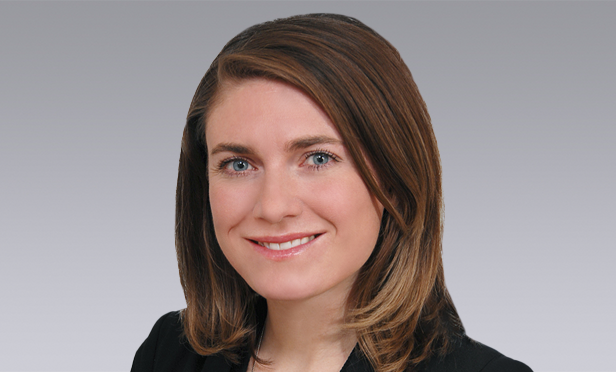Any level of positive absorption is a strong indicator ofreturning demand--particularly following a two-year period ofnegative 2.7 million sf of office absorption, according to theBloomington-based commercial real estate firm. The office marketposted its first declining vacancy rates since 1997 with year-end2004 levels of 18.3% direct vacancy or 20.7% vacancy with subleasedspace included, compared to year-end 2003 vacancy rates of 18.9% or21.6% with subleased space.
Four of seven Twin Cities office submarkets reported declines indirect and sublease vacancy numbers during the second half of 2004,further signaling a broad-based recovery in demand. Only theMinneapolis and St. Paul central business districts reportedyear-end 2004 vacancy rates above 20%. The Northeast officesubmarket reported the lowest vacancy rate at 14%.
"The amount of office sublease space declined more than 10% overthe last year, and office users are beginning to fill excess spacein their current locations," says John McCarthy, vice president ofoffice brokerage at United Properties. McCarthy anticipatescompanies will begin leasing new space for growth. "The increasedactivity level we began to experience this year could translateinto nearly one million sf of absorption in 2005."
Continue Reading for Free
Register and gain access to:
- Breaking commercial real estate news and analysis, on-site and via our newsletters and custom alerts
- Educational webcasts, white papers, and ebooks from industry thought leaders
- Critical coverage of the property casualty insurance and financial advisory markets on our other ALM sites, PropertyCasualty360 and ThinkAdvisor
*May exclude premium content
Already have an account?
Sign In Now
© 2024 ALM Global, LLC, All Rights Reserved. Request academic re-use from www.copyright.com. All other uses, submit a request to [email protected]. For more information visit Asset & Logo Licensing.








